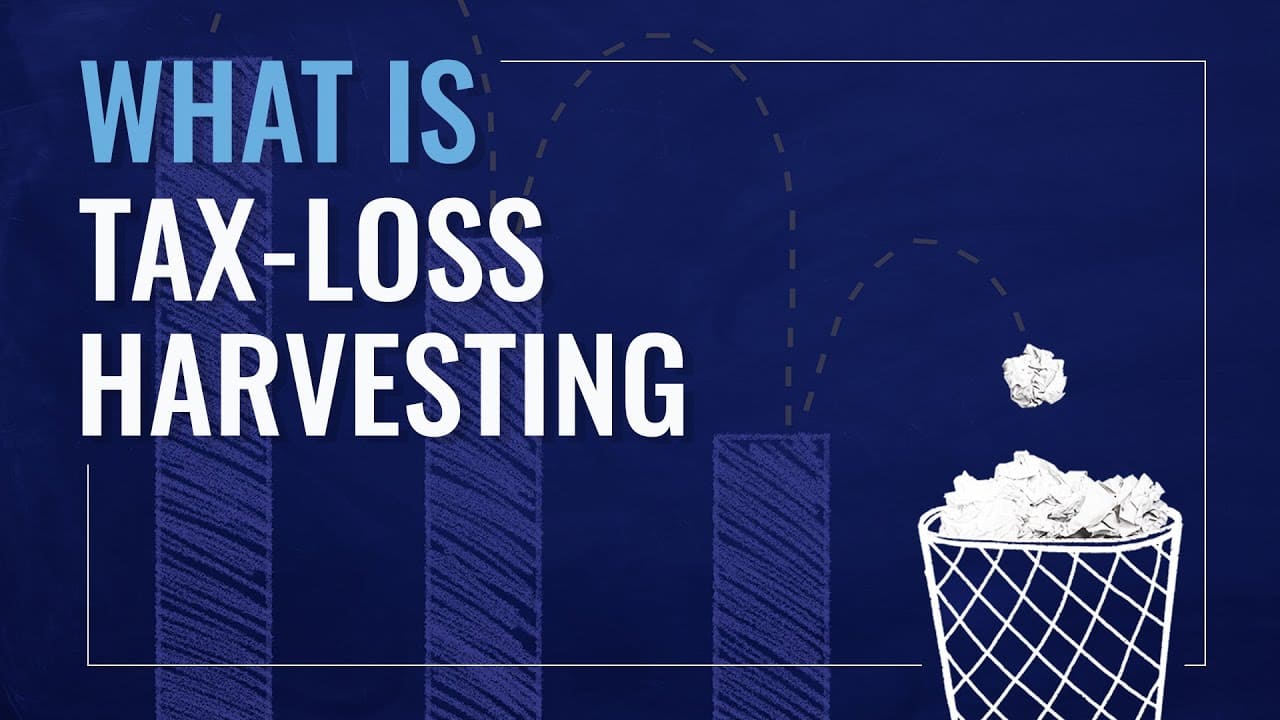Tax-loss harvesting is a strategic investment technique employed by investors to minimize tax liabilities on capital gains by offsetting them with realized losses from the sale of securities. By selling underperforming assets that have incurred losses, investors can use these losses to reduce or offset taxes on any capital gains income subject to taxation.

How Tax-Loss Harvesting Works
When an investor sells a security at a loss, they can use that loss to offset capital gains taxes. This means that if an investor has realized gains from other investments, they can reduce the taxable amount by the amount of the loss. Tax-loss harvesting allows investors to maintain their portfolio’s overall value while potentially lowering their tax bill.
Differentiating for Listed and Unlisted Space
In the listed space, this involves selling publicly traded securities that have declined in value. These securities are typically easy to identify and sell, allowing investors to quickly realize losses for tax purposes.
In the unlisted space, such as private equity or venture capital investments, tax-loss harvesting can be more complex. Unlike listed securities, unlisted investments may not have readily available market prices. However, investors can still strategically sell underperforming assets to capture losses for tax purposes.
Key Considerations
- Long-Term vs. Short-Term Capital Gains: It can be particularly advantageous for investors with both long-term and short-term capital gains. Losses can be used to offset both types of gains, potentially reducing overall tax liabilities.
- LTCG and STCG: Long-term capital losses can only be adjusted against long-term capital gains, while short-term capital losses can be set off against both long-term and short-term gains.
- Replacement Securities: After selling a security for tax-loss harvesting, investors can repurchase a similar security to maintain their desired asset allocation.
Conclusion
Tax-loss harvesting is a valuable tool for investors looking to optimize their after-tax returns. By strategically realizing losses and offsetting gains, investors can effectively manage their tax liabilities while maintaining their investment objectives. Whether in the listed space or through platforms like Altius Investech for unlisted shares, understanding the nuances of this can lead to significant tax savings over time.
For any query/ personal assistance feel free to reach out at support@Altiusinvestech.com or call us at +91-8240614850.
To know, more about Unlisted Company. Click here – https://altiusinvestech.com/blog/what-is-listed-and-unlisted-company
You can also checkout the list of Best 5 Unlisted Shares to Buy in India
For Direct Trading, Visit – https://altiusinvestech.com/companymain.
To know more about How to apply for an IPO? Click- https://altiusinvestech.com/blog/how-to-apply-for-an-ipo/

